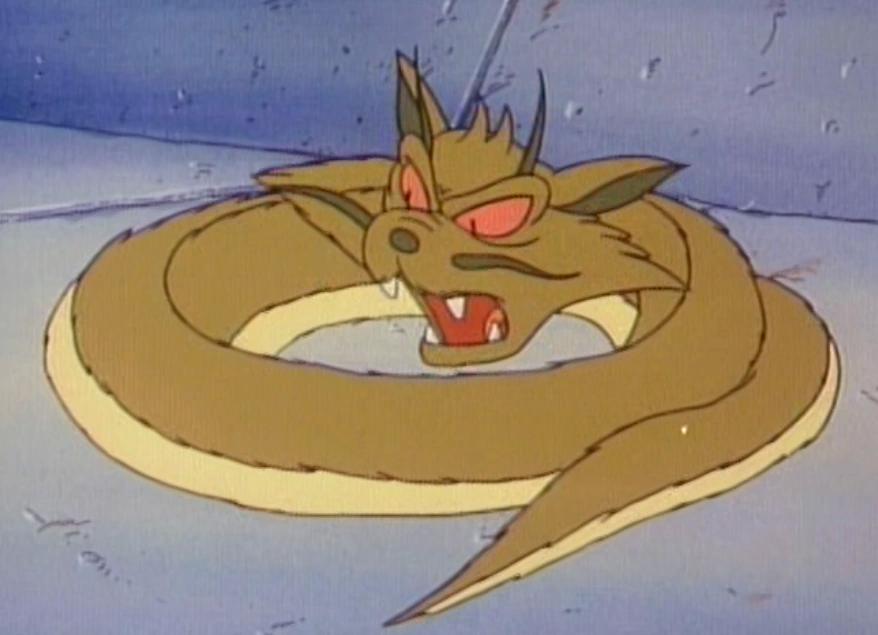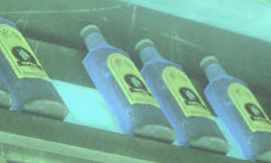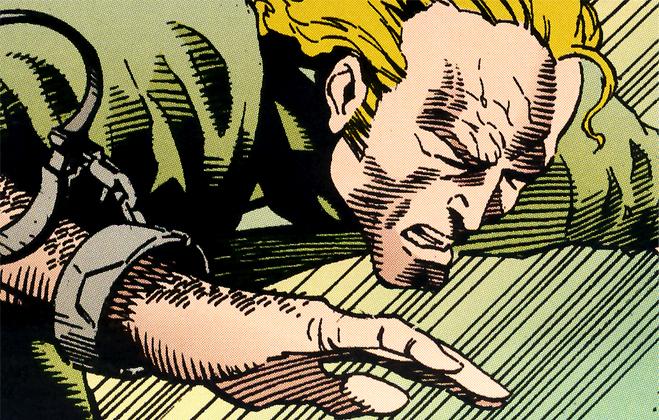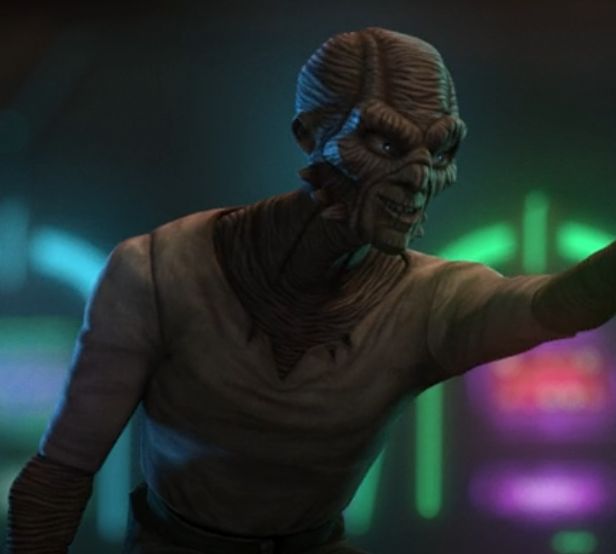VB1-19r VetDroid
Model: Industrial Automaton VB1-19r veterinary medicine droid
Dexterity: 2D
Dodge: 2D+2
Brawling Parry: 2D+1 (programming only covers parrying attacks by animals)
Knowledge: 3D
Alien species: 5D
Animal Species: 7D
Animal Vocalizations: 5D
Animal behavior and psychology: 5D
Alien ecologies: 5D
Aquariology: 5D
Cultures: 3D+1
Cultures: Animal treatment and relevance: 5D
Languages: 3D+1*
Languages: semi-sentient animal vocalizations: 5D*
Mechanical: 3D
(a) bacta tank operation 4D
Sensors: 4D
Sensors: Medical diagnostic scanner: 5D
Sensors: Lifesigns scanner: 4D+1
Perception: 3D
(a) injury/ailment diagnosis: 7D
Animal Physical Displays: 5D
Strength: 2D
Brawling: 5D (programming only covers brawling attacks by animals)
Technical: 4D
first aid 6D
(a) veterinary medicine 9D
*The droid's vocabulator speech/sound system makes the droid capable or reproducing virtually any sound it hears or is programmed to reproduce.
Equipped with:
2 visual and 2 audio receptors – full range
2 upper heavy grasping arms (lifting at 5D)
2 lower arms with integrated, retractable hypodermic injectors (lifting at 2D; 4D stun damage when injectors are used)
reinforced structure (+3D vs. all physical attacks; +1D vs. electrical attacks)
vocabulator speech/sound system
computer interface tether (range 5 meters, adds 2D to all medical rolls)
med diagnostic comp
analytical comp
surgical attachments
hypodermic injectors (4D stun damage)
medicine dispensers
Move: 5
Size: 1.7 meters tall
Cost: 10,200 new, 8,100 used
Capsule: After their success with the 2-1b series, Industrial Automaton decided to expand their medical droid line into the veterinary market. The result of this was the VB1-19r. Built on an extended and heavily reinforced 2-1b-series frame, the droid was cheap to manufacturer due to less R&D needed in the initial design for its physical characteristics. The copper droids sport a second pair of heavy arms, above the 2-1b series arms, on either side of the extended torso – giving them the illusion of being top-heavy. Their one, most apparent, drawback was since they are designed for animal treatment, very little effort was put into their bedside manner – cold, sterile, institutional, and detached; not so great when poor, little Geebo's Snorgblatterbleast gets hit by a passing landspeeder and becomes one with the Force.
Touted as the definition of excellence in veterinary medicine, the droid experienced modest success. However, its high price tag and design made it less desirable in the house-pet, veterinary community – as opposed to using a reprogrammed, and considerably cheaper and less foreboding, MD-1 or 2-1b. The droid is most often seen in the employ of major veterinary centers, universities, field expeditions, zoological gardens, and the collections of the eccentric elite – essentially anywhere large and rare lifeforms are in need of medical attention.
In a coincidence of seeing droids find an unexpected niche outside their original function, the VB1-19r has seen great success in the drug rehabilitation and detoxification sector – especially on worlds with large and particularly violent species. A VB1-19r, with proper programming, can usually detain and pacify a fully enraged, Wookiee ryllhead with relatively little difficulty.
For a detox clinic VB1-19r, substitute the following for stats:
VB1-19r DetoxDroid
Model: Converted Industrial Automaton VB1-19r veterinary medicine droid
Dexterity: 2D
Dodge: 3D
Brawling Parry: 3D
Knowledge: 3D
Alien species: 7D
Cultures: 4D
Languages: 3D+1
Bureaucracy: 3D+1
Bureaucracy: Detoxification and Rehabilitation Clinic Procedures: 5D
Mechanical: 3D
(a) bacta tank operation 5D
Perception: 3D
(a) injury/ailment diagnosis: 7D
(a) drug/chemical/carcinogen identification: 7D
Strength: 2D
Brawling: 5D
Technical: 4D
first aid 6D
(a) medicine 9D
(a) detoxification treatment 7D
Equipped with:
2 visual and 2 audio receptors – human range
2 upper heavy grasping arms (lifting at 5D)
2 lower arms with integrated, retractable hypodermic injectors (lifting at 2D; 4D stun damage when injectors are used)
reinforced structure (+3D vs. all physical attacks; +1D vs. electrical attacks)
vocabulator speech/sound system
padded torso (1D reduction to damage received by anyone or anything colliding with droid's torso)
computer interface tether (range 5 meters, adds 2D to all medical rolls)
med diagnostic comp
analytical comp
surgical attachments
hypodermic injectors (4D stun damage)
medicine dispensers
Move: 4
Size: 1.7 meters tall
Cost:, 12,400 new; 9,800 used (directly ordered in this configuration from IA); 11,800 new; 8,900 used (converted by third party)
|











